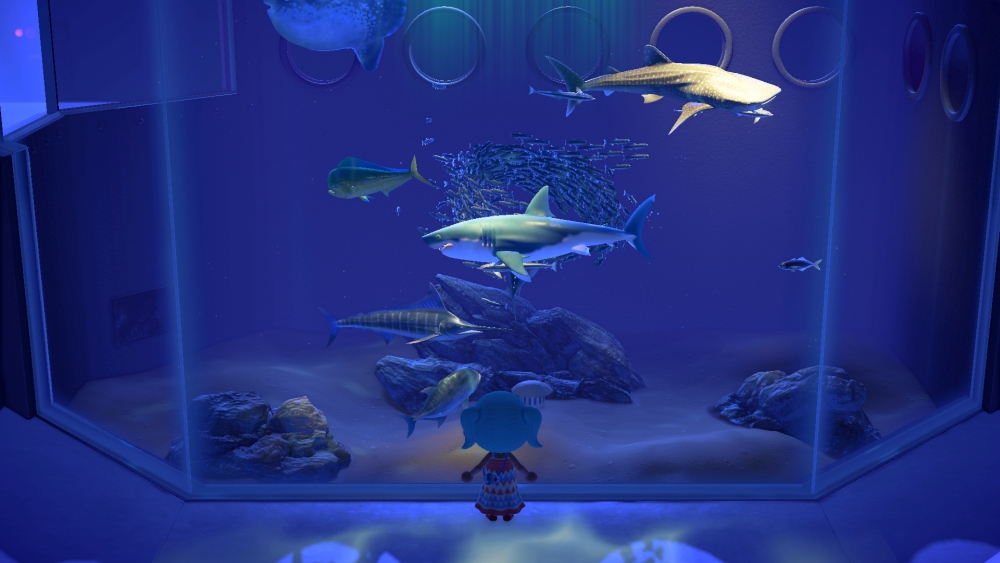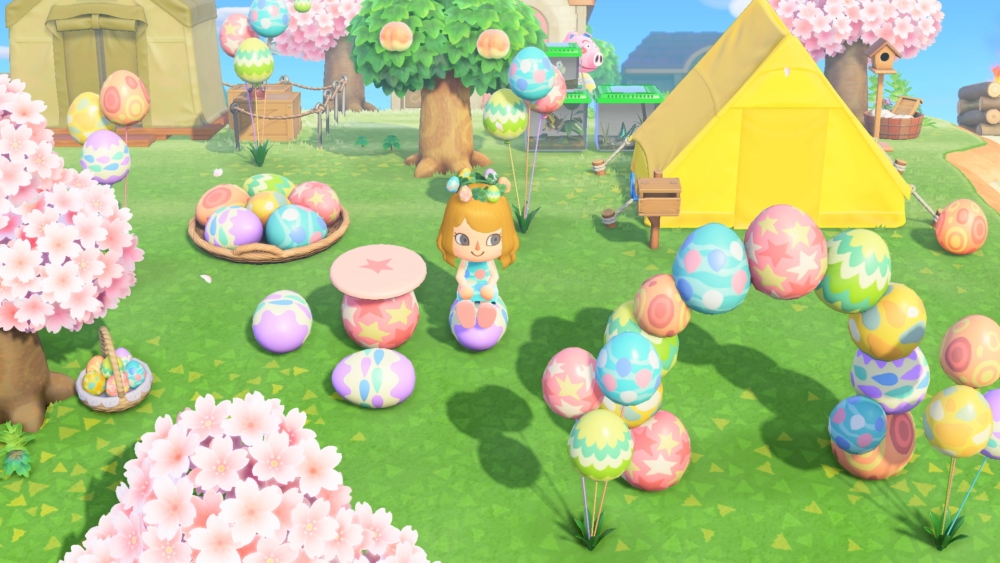With the vast majority of us living under some form of shelter-at-home order, Animal Crossing: New Horizons came out at the perfect time to provide a sense of escape. What better way to survive the isolation of self-quarantine than to take part in the Deserted Island Getaway Package with Tom Nook and his friends? The last Animal Crossing game, not counting spin-offs Happy Home Designer and Amiibo Festival, came out all the way back in 2012, so fans had been waiting a long time for a mainline release in the series. Thankfully, even after 200-plus hours on record, I can say New Horizons does not disappoint.

Let me start by admitting that Animal Crossing, as a franchise, is not for everyone. Unlike other recently released titles like Resident Evil 3 or Doom: Eternal, New Horizons isn’t a game that you can sit down and complete in a weekend. It retains the casual formula of giving you a few things to do every day, like digging up fossils or upgrading island infrastructure, before giving way to leisurely activities, like catching fish and hunting for bugs. If you’ve tried other titles in the franchise, like New Leaf, and didn’t see the appeal, then New Horizons won’t give you many reasons to try again. However, if you obsessed over previous Animal Crossing titles, you are in for another life-consuming experience.
One of the ways New Horizons keeps you coming back day after day is with the overwhelming amount of charm and detail crammed into every nook (pun intended) and cranny of the game. Wheels on carts will roll when you move them; if you take out your phone at night, the tiny screen will illuminate your face; different species of animals leave differently shaped footprints when they walk in the sand; and rooms in your house will light up when you open the shades in the morning. Honestly, the sheer number of tiny, and possibly unnecessary, details you notice every time you find a new piece of furniture has made me exclaim that New Horizons needed to calm down a bit on more than one occasion.
Unfortunately, it’s not all sunshine and rainbows in the world of New Horizons. One of the biggest letdowns, and a step backward from New Leaf, is the Island Tour system. In the previous game you could take tours to a tropical island and stock up on expensive, and exclusive, bugs and fish as well as obtain tropical-themed items and tools, like the diving suit. It was a great way to make a good chunk of bells to fast-track town projects and offered a change of scenery, albeit brief, from your town. A similar system exists in New Horizons, but this time the islands you go to offer very little in the way of a different experience from your main island. The bugs, fish, and fruit you find on these tours are all the same as the ones you can find at home and usually sell for very little when brought back to your island. Aside from an infusion of crafting resources and the occasional new villager, the allure of these islands goes away fairly quickly, meaning the in-game currency you need to spend to get there will begin to pile up.
In contrast to the tours, one of the biggest ways that New Horizons has exceeded its predecessors is with the new and improved museum. Curated, as always, by the bug-hating Blathers, the museum is a stunning experience in and of itself. A lot of time and care has clearly gone into making it look and feel as close to a real-life museum as possible—I honestly think it might be nicer than a few museums I have actually gone to. It is extremely atmospheric and gives a surprising amount of information on the (often disturbingly detailed) creatures you donate to it. It would definitely be possible to spend an entire evening just in the museum and feel like you didn’t waste your time. The biggest drawback is that it has no customization options other than how much you donate to it: no matter which friends’ islands you visit, the museum will always look the same; the only difference will be which bugs, fish, and fossils it contains.

As many gamers have found, in this current world of quarantine, shutdowns, and social distancing, New Horizons provides an excellent way to interact with friends and family—provided, of course, they are also playing. Even though we cannot leave the house for traditional dates, my wife and I have been using Animal Crossing dates as a substitute and have been pleasantly surprised with the results. Whether it’s trading clothes or furniture, playing made-up games or crafted instruments, wishing on shooting stars, or (in my wife’s case) running around wildly and burying random objects like a gremlin, New Horizons offers seemingly endless ways to entertain and be entertained when playing the game together.
As of this writing, Nintendo has already released several patches and updates with the intention of making New Horizons the best experience possible. From adding new features and seasonal events to fixing glitches and balancing the in-game economy, the company has clearly shown it intends to support the game for the long haul and has already stated there are plans for updates in the next few years. Maybe we will see the return of some familiar faces to go with the new ones. (Brewster, anyone?)

At the end of the day, you already know whether or not you’re going to give up all your free time to Animal Crossing, but the good news is that it’s well worth the investment. I wake up each day excited to turn on my Switch and see what new things are waiting for me on my island, even after well over 200 hours. It’s also a strangely calming experience to wind down for the day by putting my villager in his pajamas and closing up my house before going to sleep for the night.
Animal Crossing: New Horizons released on March 20, 2020 exclusively for the Nintendo Switch.
*Originally posted on Twin Cities Geek on May 23rd 2020*
